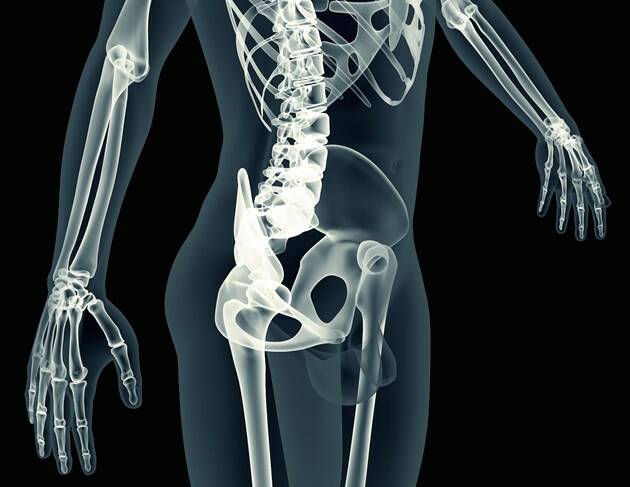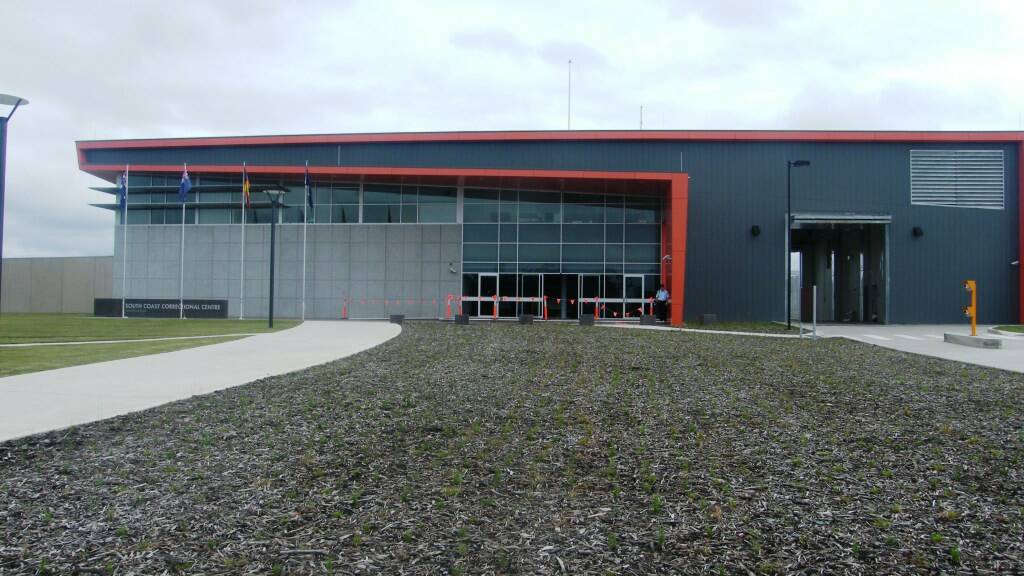
Attempting to smuggle contraband into the state's jails is set to get a lot harder with the trial of a new full-body X-ray scanner at a Sydney prison.
Subscribe now for unlimited access.
$0/
(min cost $0)
or signup to continue reading
And if the trial of the full-body scanner is a success, machines could be installed in the South Coast Correctional Centre at South Nowra.
The trial of the full-body scanners and a heart-rate detector will ramp up security in NSW jails, making the searching of inmates and vehicles going in and out of centres more effective.
The maximum-security John Morony Correctional Centre near Windsor will begin using the X-ray technology later this year to put an end to the inmate practice of internally secreting and smuggling items into prisons.
Corrective Services NSW Acting Commissioner Luke Grant said the two measures would create an additional level of security at the centre and keep the community safe.
“Contraband is an ongoing issue internationally - inmates internally conceal all kinds of items from mobile phones, illicit drugs and weapons,” Mr Grant said.
The full body X-ray scanner will provide authorities with the capacity to detect contraband before it makes its way into centres through the screening of all inmates that arrive at the centre and after each contact visit.
The heart beat sensor, known as a Human Presence Detection System, will allow prison officers to pinpoint whether anyone is hiding in a vehicle attempting to escape the centre.
“The HPDS will provide an additional layer of security, particular for larger commercial and industrial vehicles, which present unique challenges to officers due to their multiple compartments and chambers,” said Assistant Commissioner Kevin Corcoran.
“Our officers are looking forward to using the new technology, which will assist them in enhancing the good order and discipline of the centre.”

The non-medical X-ray scanner will first detect then generate an image of a contraband item concealed in a body cavity or under clothing, reducing the need to conduct strip searches and providing conclusive evidence of contraband.
Internally secreting items in body cavities has become an effective method for inmates to not only smuggle in contraband but to move it around the centre.
The advent of mobile phones, which are smaller and contain minimal metal-components, makes them easier to hide internally and harder to detect with existing technologies.
Contraband phones allow inmates to continue criminal activity from within correctional centres and pose a risk to the safety and security of the community.
Corrective Services NSW said inmates could be safely scanned up to 150 times in a 12-month period without exceeding prescribed exposure levels.


